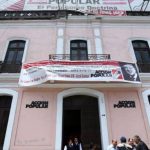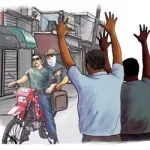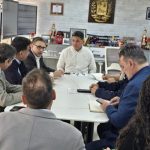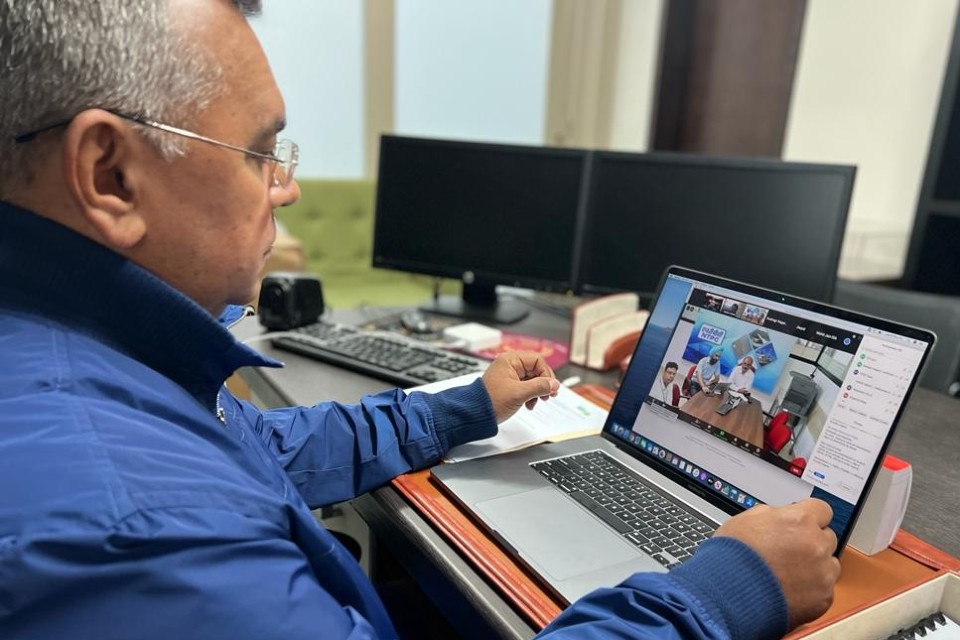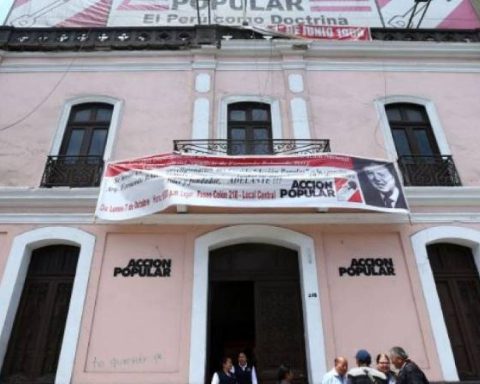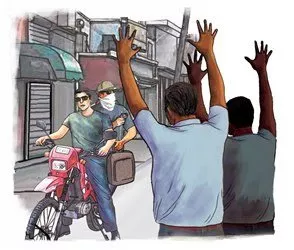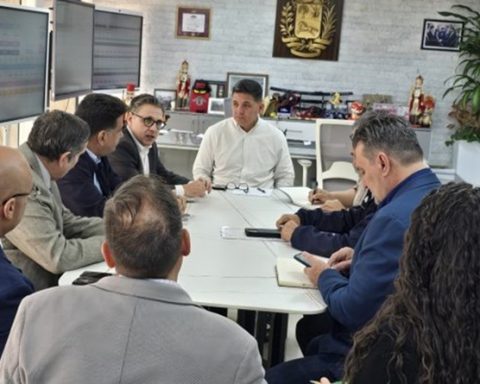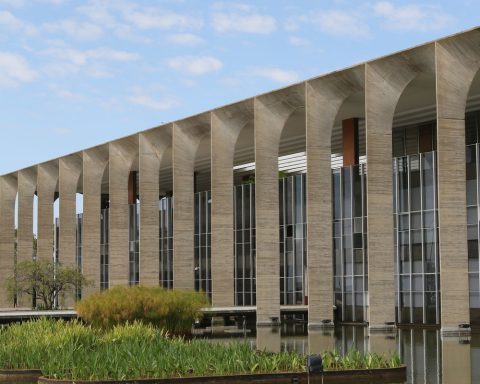The “great achievement” of the first Gay-Lesbian Pride March was to bring together groups and groups of sexual diversity that “were scattered” under the slogan of Pride, activists recalled this Friday with emotion, 30 years after that historic day in which a hundred people mobilized from Plaza de Mayo to Congress to demand their rights.
On July 3, 1992, around four in the afternoon, people from the LGBTIQ+ community gathered in the Plaza de Mayo to march to Congress at the closing of Pride Week, an event with conferences and exhibitions that took place in the San Martin Cultural Center in the city of Buenos Aires.
“I remember it with great joy because we were very dispersed. The bishop in his church, the psychologist in the faculty or in the office, ordinary people talking with their friends. Until it occurred to us to get together and do something together from Plaza de Mayo and see what came out,” psychologist Jorge Horacio Raíces Montero, founder of the Research Group on Sexuality and Social Researchl (ISIS) and advisor to the Argentine Homosexual Community (CHA).
The journalist Adriana Carrasco recalled, in turn, that “it was nothing new for her to march bare-faced as a lesbian” because Feminist lesbians had already led the march on March 8 for the first time in 1988.
“The interesting thing is that for the first time groups of gays and a group of lesbians were organized to march with the slogan of pride,” the journalist who covered that march for the weekly magazine Flash of the Crónica newspaper told Télam.

Carrasco indicated that there was also participation, although little, of transvestites and trans people.
One of them was Karina Urbina, a member of Transsexuals for the Right to Life and Identity (Transdevi), remembered in a 1991 photo in which she holds a sign with the legend “We are people” and another that surrounds it and expresses: “Sex change in Argentina and legal recognition. Judges marginalize us by denying our right to identity.”
“We come to the march to demand that they allow us to change our name and the reference to sex in our identity documents and that for all purposes, we be recognized as women,” said Susana, a 30-year-old trans woman, during the march. March, in dialogue with Flash.
The activists recalled that on that day in July 1992 “Many people went with a mask because at that time if they discovered that you were gay or lesbian they would fire you from your job.”
“I participated in the march wearing a mask, very fearful, like most of us who were there. The only ones who did not have a mask were a few brave ones, who were the organizing leaders: Carlos Jáuregui, Ilse Fuskova, Rafael Freda”, recalled Marcelo Roiseman , the oldest activist of the CHA and who, together with Marcelo Ferreyra, runs an archive with historical documents on the movement’s struggle.
From that documentary collection, made up mainly of newspaper clippings, Roiseman was able to establish that the march took place on July 3 and not July 2 as it appears in some files.
“We thought that many media were not going to come but since there was a teaching march that day, everyone was there. It was one of the marches most covered by the newspapers”said and indicated that about “100 people” participated in it, although the media strategy was to increase the number to 300.

The day “lasted until nightfall; then several of us dispersed and it continued to last because we went to a bar to have a little coffee and draw conclusions about what had happened,” Raíces Montero recalled.
The promoters of the march were Carlos Jauregui and Cesar Cigliuttiwho walked with your organization Gays for Civil Rights (Gays DC), and together with the Argentine Gay Lesbian Integration Society (Sigla), Transsexuals for the right to life (Transdevi), the Research Group on Sexuality and Social Research (ISIS), the Metropolitan Community Church (ICM ) and Lesbian Call.
“The entire march was an artistic intervention because many people were walking and others were dancing, some carried musical instruments and some did some artistic performance in the middle of the avenue. But everything happened spontaneously,” Raíces Montero graphed.
with the slogan “Freedom, Equality, Diversity”this march was the first to be called “Pride March” in Argentina, after an extensive debate.

Marcelo Suntheinvice president of the CHA, came to the city of Buenos Aires at the age of 18 from Misiones and in 1992 he could not participate in the march because “he did not know anyone gay” but he remembers it through the memories of his friends and his partner , César Cigliutti, deceased in August 2020.
“The word ‘pride’ began to be used in the mid-1980s and began to be discussed in some places in North America. In Argentina, in ’92, there was a great discussion if it had to be called ‘Gay Lesbian Dignity March’ ‘ or ‘Pride March,'” Sunthein explained.
And he recalled: “César always said that Carlos said ‘let’s go with the international trend’ (of the Gay Dignity March) and César told him: ‘No, crazy, it’s Pride. You have to risk it and put ‘Pride March’ on it“.







